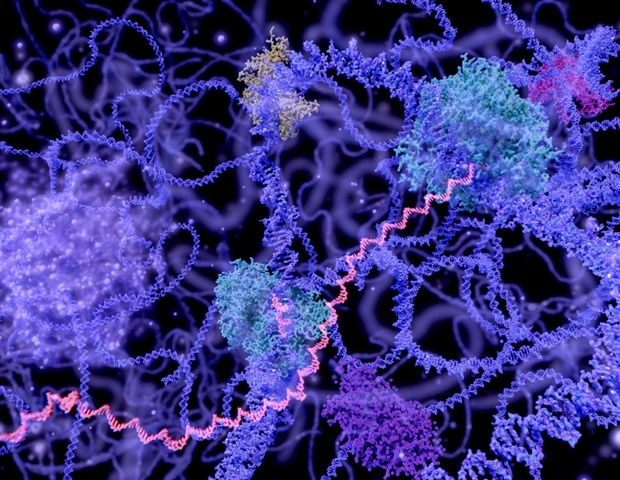A biochemist from RUDN and IBMC has found a way to protect healthy leukocytes during leukemia chemotherapy. Small nitrogen-containing polyamine molecules give the necessary protection. They are synthesized by almost all living cells, but only in normal lymphocytes, they exhibit protective properties. The results are published in International Journal of Molecular Sciences.
Chemotherapy drugs are powerful toxins that kill rapidly dividing cancer cells. Unfortunately, normal cells and tissues also suffer from this. Therefore, scientists continue to look for new ways of chemotherapy that could make the effects of chemotherapeutic agents more selective. A group of researchers with the participation of a RUDN biochemist and the V. N. Orekhovich Institute of Biomedical Chemistry (IBMC) found that healthy cells can be protected using polyamines. Polyamines are nitrogen-containing compounds found in almost all living cells. Various polyamines are involved in cell growth (proliferation) and function. Moreover, the more actively the cells grow, the more polyamines they secrete. Therefore, the concentration of polyamines in cancer cells is much higher than in healthy tissues.
Biochemists have shown that polyamines “protect” healthy human T -lymphocytes, but not cancer cells. Thus, if you first treat lymphocytes with polyamines, and then with a chemotherapeutic drug, then the chances of survival increase for healthy cells. In this case, cancer-affected lymphocytes are not protected.
Polyamines are essential for a variety of cellular functions, including growth and reproduction. In addition, they have an antioxidant effect and promote DNA repair. Almost all cells produce polyamines, especially rapidly growing cells. Therefore, the metabolism of polyamines can become a promising target for chemotherapy.”
Dmitry Zhdanov, Doctor of Biology, Researcher at RUDN and IBMC
The biochemists used healthy lymphocytes as well as the K562 and Jurkat cell lines. The first corresponds to myeloid leukemia, the second to lymphoblastic leukemia. Both diseases affect white blood cells called lymphocytes. The cells were exposed to one of three common chemotherapy drugs (doxorubicin, cisplatin, or irinotecan). Some of the cells were previously treated with polyamines . The survival of healthy cells increased several times – for example, from about 5% to 110% for lymphocytes treated with polyamine spermidine and then cisplatin. In cancer cells, the survival rate changed by only a few percent.
The reason for this action was the ability of polyamines to activate the synthesis of the RAD51. That is a protein involved in the DNA repair system in normal, but not tumor, lymphocytes.
“The difference in the sensitivity of normal and cancer cells to polyamines may be the basis for the use of these compounds to protect normal lymphocytes during lymphoblastic chemotherapy,” said Dmitry Zhdanov, Doctor of Biology, researcher at RUDN and IBMC
Source:
Russian Foundation for Basic Research
Journal reference:
Gladilina, Y.A., et al. (2022) Cytoprotective Activity of Polyamines Is Associated with the Alternative Splicing of RAD51A Pre-mRNA in Normal Human CD4+ T Lymphocytes. International Journal of Molecular Sciences. doi.org/10.3390/ijms23031863.






